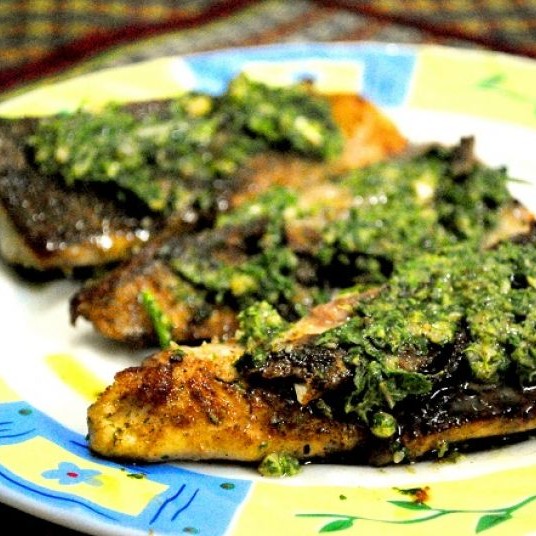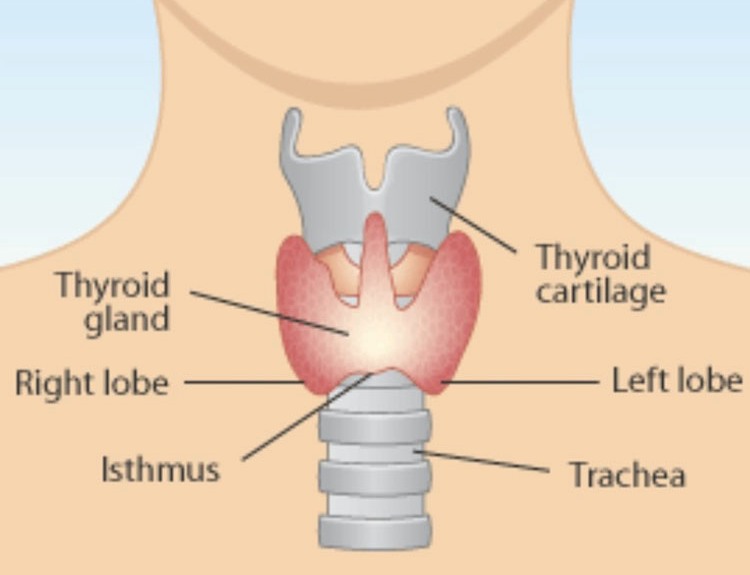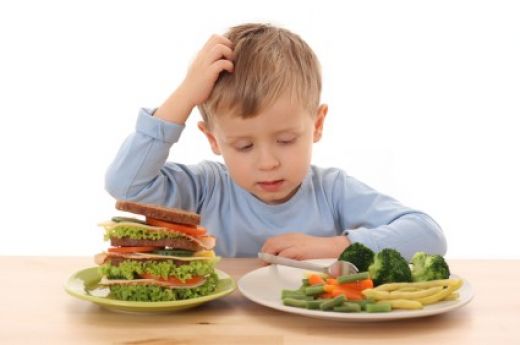
FISH IN PESTO SAUCE- RAJ BHALLA
The star of the dish is the Pesto Sauce which made my hardcore Punjabi food loving mom say WOW! So, you can imagine how good it was! This sauce is full of strong flavor of different herbs and nuts, truly amazing and it is sharp.
Cooking time-15 mins
Serves- 2
Recipe ingredients
- Fish Fillets, I used Singhara (Cat Fish).
- Mixed dried herbs
- Salt and Pepper.
- 1-2 tablespoons oil to pan fry the fillets (olive)
- Basil leaves.
- Mint Leaves
- 4-5 Garlic cloves
- Walnuts (you may use Cashew nut)
- Little Olive oil extra
Recipe preparation
- First, we will make the Pesto sauce and It is very simple.
- Mix Basil, mint leaves, garlic cloves, little olive oil, walnuts, little salt and pepper in a grinder.
- Grind it well but not to a coarse paste. You should grind it only to the level where you can feel the grains of walnut. It should have a nutty bite.
- Your Pesto Sauce is ready. Keep it aside.
- Now, season the fillets with salt, pepper and Mixed herbs.
- Heat oil in the pan. Though make sure oil is not too hot. We will cook it on medium heat else on high heat else fish will burn from outside and won’t cook from inside.
- Sear the fillets and cook for 5 -7 minutes from both sides. Do check how well your fish is done. It should be white and fibery from inside once cooked. If it’s pale or off white, its not cooked.
- Once done, using a spoon, smear the pesto Sauce on one side while the fish is in the pan. Let it cook for another 2 minutes for the fish to absorb some flavors of the sauce.
- Serve hot.
For more recipes please visit www.betterbutter.in






